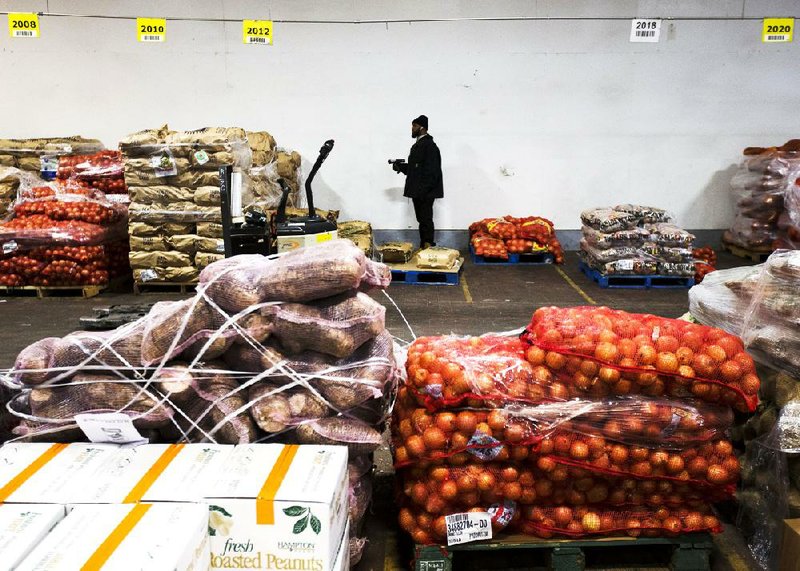WASHINGTON - The cost of producing goods and services in the United States rose slightly in January, with higher food prices partly offset by cheaper gasoline. Overall, inflation remains mild.
The Labor Department said Wednesday that the producer price index, which tracks prices before they reach consumers, rose 0.2 percent in January. That was after a 0.1 percent increase in December and a flat reading in November. In the past year, producer prices have risen just 1.2 percent, below the Federal Reserve’s preferred target rate.
Excluding the cost of food, energy and markups by wholesalers and retailers, so called core prices ticked up just 0.1 percent.
Producer prices remain “rather modest, a sign that underlying inflationary pressures are very modest,” Annalisa Piazza, an analyst at Newedge Strategy, said in a note to clients.
Wednesday’s data mark the debut of the Producer Price Index after its first major overhaul since 1978, which more than doubles its reach of the economy by including prices received for goods, services, government purchases, exports, and construction. The lack of pipeline pressures, one reason inflation is running below the Federal Reserve’s target, has given policymakers room to keep borrowing costs low to spur growth.
Before last month, the index tracked only goods.
That change has doubled the producer price index’s coverage to include 75 percent of the economy.
Since services represent the biggest part of the economy, the gauge will offer a better look at inflation at the producer level and its scope will be similar to the government’s indexes of prices paid by American consumers.
Goods will account for about 24 percent of the new inflation gauge, while services - including financial services, food wholesalers and transportation providers - make up 63 percent. Prices received from government purchases and exported goods represent 11 percent, and construction is 2 percent.
Inflation has declined in the past two years, posing a challenge for Fed policymakers. During 2013, the producer price index rose just 1.1 percent after rising 1.4 percent in 2012. Both figures are far below the Fed’s 2 percent target.
Businesses have struggled to raise prices because of a tight job market and meager wage growth. Consumers have found it hard to pay more or demand higher wages.
Low inflation has enabled the Fed to pursue extraordinary stimulus programs to try to spur economic growth.
The Fed is now trying to unwind some of that stimulus. It cut its monthly bond purchases to $65 billion this month, from $75 billion in January and $85 billion last year. The bond purchases are intended to keep long-term interest rates low to encourage borrowing and spending.
But Fed policymakers have expressed concern about the persistence of low inflation. If inflation remains below its target, the Fed could extend its stimulus efforts.
Information for this article was contributed by Christopher Rugaber of The Associated Press and Shobhana Chandra of Bloomberg News.
Business, Pages 25 on 02/20/2014

